Love isn’t just a human emotion. Recent research has revealed that cats, those mysterious feline companions we share our homes with, experience deep emotional bonds that can rival any romantic connection. While cats have long been portrayed as solitary, independent creatures, the reality is far more fascinating and complex.
Scientists are discovering that when cats form strong attachments to each other or to their humans, their brains release the same neurochemicals associated with human love. The powerful hormone oxytocin surges through their systems during bonding moments, creating connections that can last a lifetime. These findings challenge everything we thought we knew about feline emotion and open up an entirely new understanding of cat relationships.
The Science Behind Feline Romance
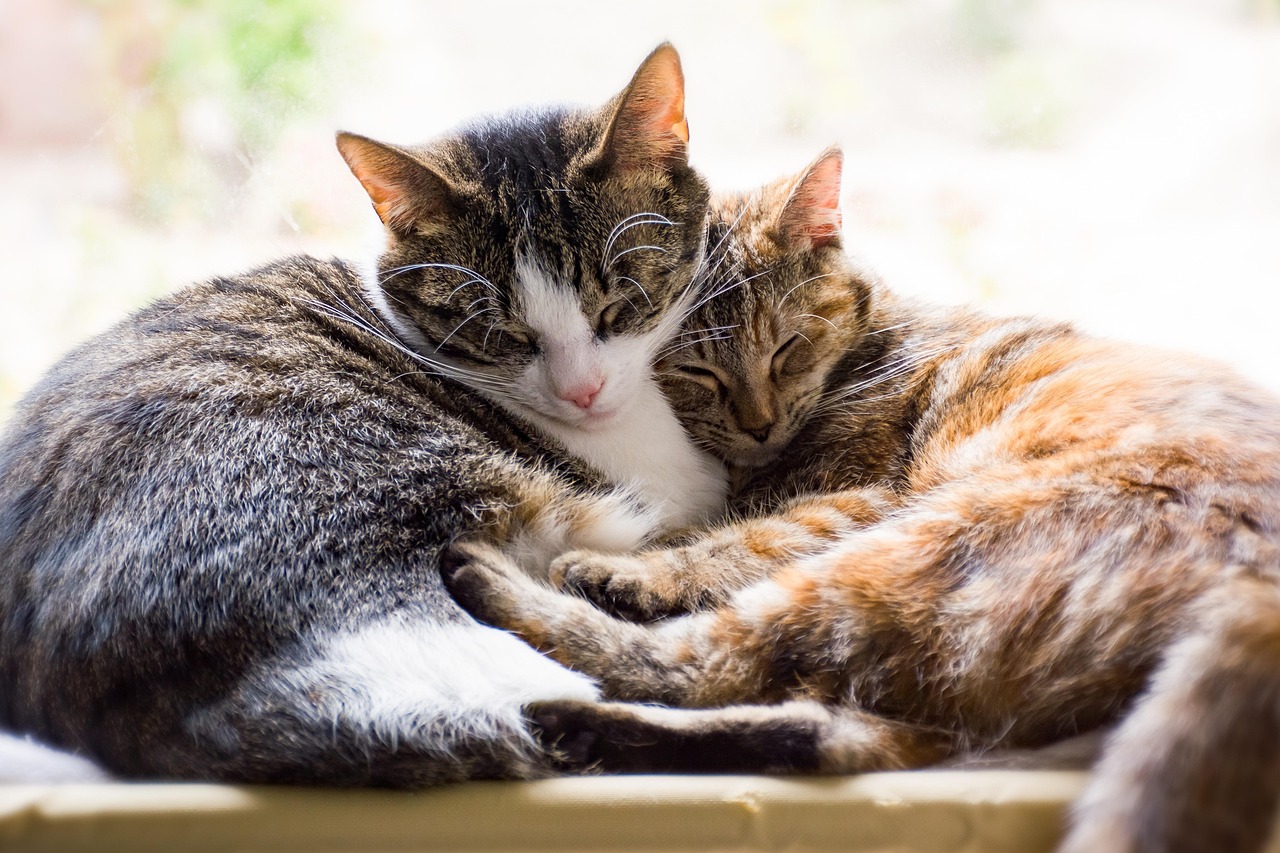
The idea that cats can experience romantic feelings might sound far-fetched, but modern neuroscience suggests otherwise. The main chemical involved is oxytocin, often called the love hormone. It’s the same neurochemical that surges when a mother cradles her baby or when friends hug, fostering trust and affection. And now studies are showing oxytocin is important for cat-human bonding too. This remarkable discovery means that the emotional experiences we consider uniquely human actually occur in our feline friends as well.
When cats engage in affectionate behaviors with their chosen companions, their brains respond in measurable ways. Research has shown that brief petting sessions with cats can boost oxytocin levels in owners. In that study, women interacted with their cats for a few minutes while scientists measured the owners’ hormone levels. The results suggested that friendly contact (stroking the cat, talking in a gentle tone) was linked to elevated oxytocin in the humans’ saliva, compared with a quiet resting period without their cat.
How Cats Express Deep Emotional Bonds
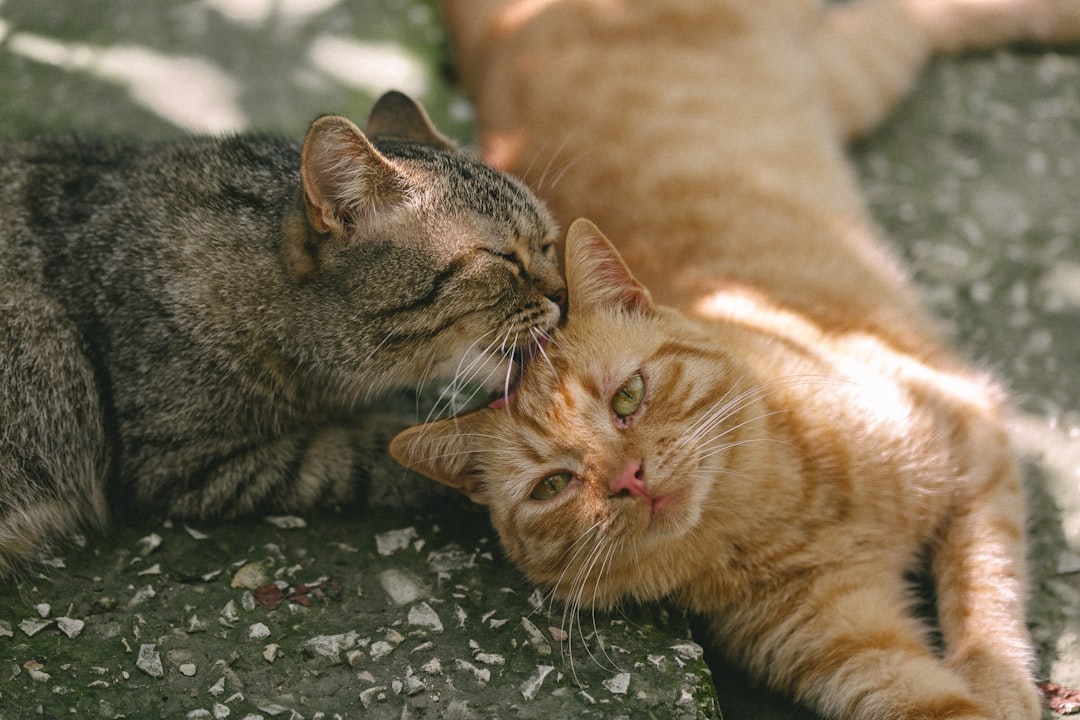
Unlike humans who verbalize their feelings, cats communicate their deepest emotions through subtle body language and behaviors that often go unnoticed. When your cat slowly blinks with half-closed eyes, it is a gesture of affection that shows huge contentment. This behavior, sometimes called a “cat kiss,” represents one of the most profound expressions of trust and love in the feline world.
Physical touch plays a crucial role in feline bonding rituals. Kneading is another way your cat shows affection and stems from when they were nursing and wanted to stimulate their mother’s milk production. A gentle kneading while sitting on you is a signifier of contentment, though kneading onto blankets or clothing in a fast motion can mean they want to be fed or they are self-soothing. When they knead you, the action allows them to mark you using their scent glands. This behavior essentially transforms you into their chosen family member through scent-based claiming.
Cats groom other cats and humans to show their affection by mingling their scent with yours. This behaviour builds a community scent between you both and shows they trust and feel relaxed around you. Mutual grooming between cats represents the ultimate expression of romantic bonding in the feline world.
The Mating Dance: Courtship Rituals in Cats
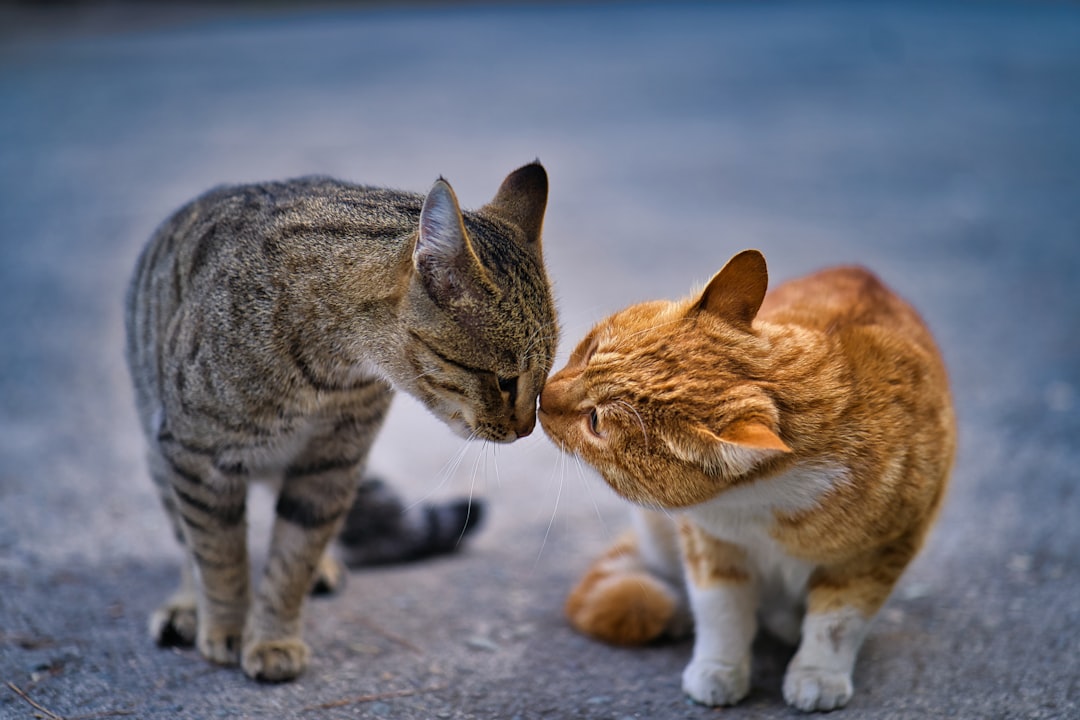
When cats experience attraction to potential mates, they engage in elaborate courtship displays that can last for hours or even days. Courtship between males and the female is ritualized and may last several hours before copulation takes place. These extended courtship periods allow cats to assess compatibility and build the emotional connection necessary for successful bonding.
If your queen is ready for mating she will get familiar with the male tom. The two cats will explore each others bodies including the face, licking each other and looking at the genitals. This is how the queen starts to become aroused. This intimate exploration phase demonstrates that feline attraction involves far more than mere biological impulse.
Female cats display remarkable selectivity when choosing their romantic partners. A queen may be somewhat selective in terms of what tom she would like to mate with. It is possible that she prefers a different tom to the one you might of introduced her to. This choosiness suggests that cats experience genuine preferences and attractions, much like humans do in romantic relationships.
Attachment Styles in Feline Relationships
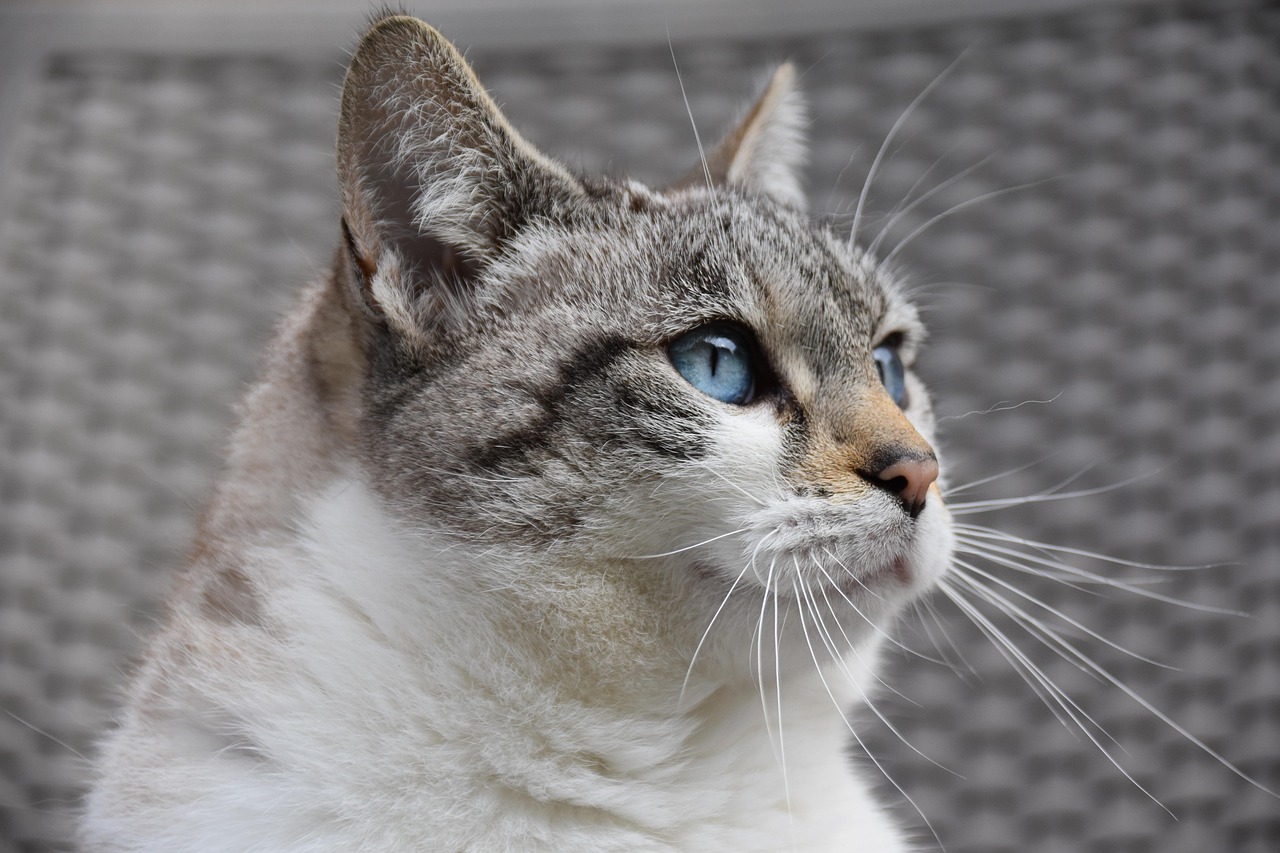
Groundbreaking research has revealed that cats develop distinct attachment styles that mirror those found in human psychology. This new study shows pet cats can form secure and insecure bonds with their human caretakers. Cats were classified into attachment styles by expert attachment coders using criteria adapted from studies of human infants and dogs. The types of attachment included secure attachment and insecure attachment, which was further divided into ambivalent, avoidant and disorganized subcategories. Securely attached cats displayed a reduced stress response and curiously explored the room while checking in periodically with their owners for attention. Cats with an insecure attachment remained stressed after their owner returned to the room and displayed behaviors such as clinging to their owner (ambivalent attachment), avoiding their owner (avoidant attachment) or switching between clingy and avoidance behaviors (disorganized attachment).
They found that 65 per cent of the cats displayed secure attachment behaviour, with the majority of the insecure cats displaying ambivalent behaviour. This is comparable to behaviour seen in human infants and dogs, they say. The team also found that once an attachment style had been established between the cat and its caregiver, whether this was a close bond or an indifferent attitude, it was unlikely to change over time. An ambivalent kitten appeared to remain so, even after weeks of training, for example. This stability suggests that early bonding experiences shape a cat’s capacity for love throughout their entire life.
Signs That Two Cats Have Fallen in Love
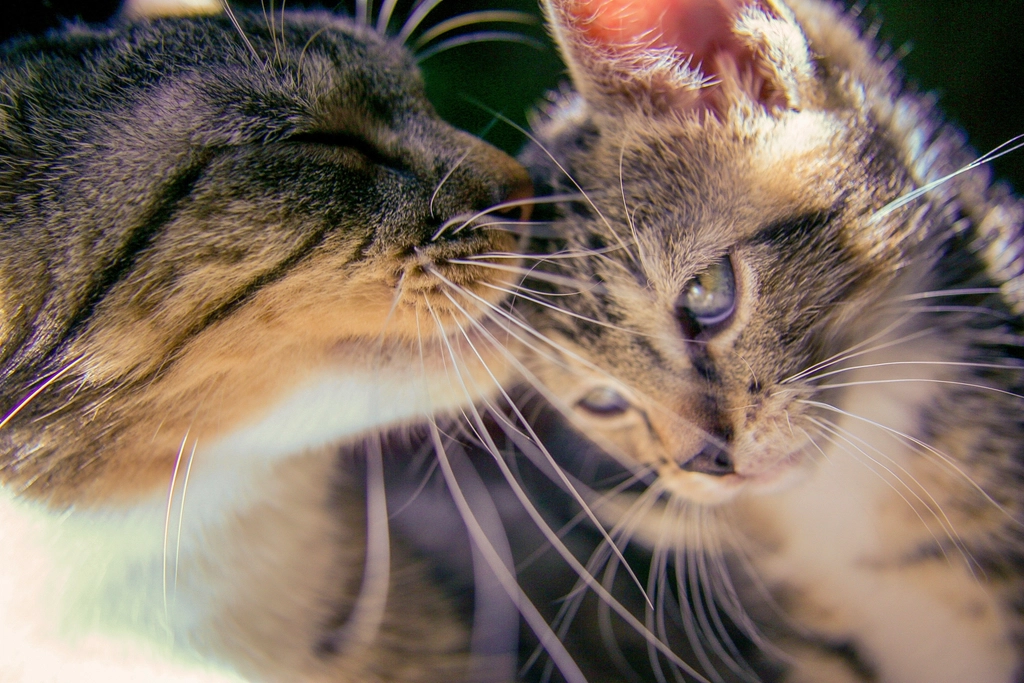
When cats develop deep emotional bonds with each other, their behaviors change in unmistakable ways. One of the most unmistakable signs of bonding in cats is mutual grooming. Bonded cats engage in this behavior not only for hygiene but as a form of socialization. If you notice your cats grooming each other and helping with hard-to-reach areas, it’s a clear sign that they’ve developed a deep level of trust and comfort in their relationship.
Sleep patterns reveal profound intimacy between bonded cats. Cats are naturally vulnerable when sleeping, making their choice of sleeping companion extremely significant. A sure sign that your cat likes and trusts you, is if they climb onto your lap for a snooze. Cats choose to have their catnaps in safe places, like high up on a shelf, because they can feel vulnerable – so if they curl up on your lap for a snooze they obviously feel a strong trusting bond with you.
Bonded cats often engage in mutual social play, meaning both cats enjoy and participate equally in playful activities like chasing, pouncing, and wrestling. If two cats actively engage in true mutual social play with each other, their connection is likely a very strong and positive one. And while playful interactions can serve as both entertainment and socialization, studies show that playful cats are happier and have a better quality of life.
The Neurochemistry of Feline Love
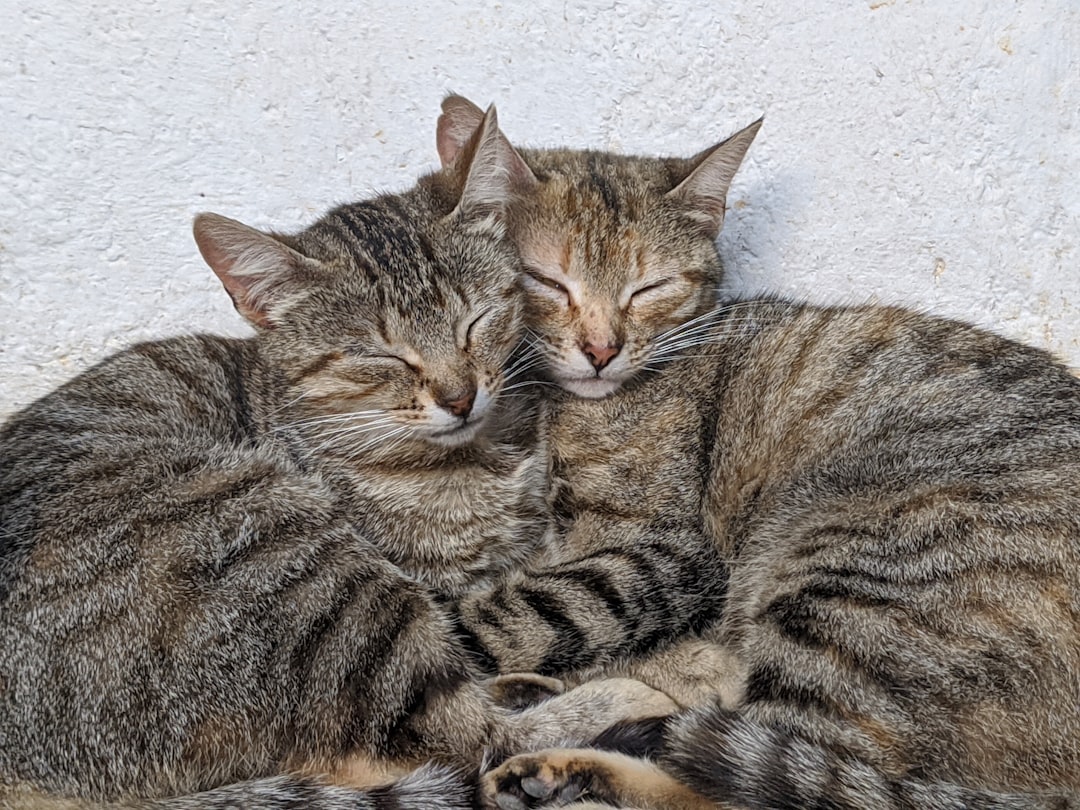
Understanding the biological mechanisms behind feline affection reveals just how similar cat emotions are to human experiences. So, next time your cat blinks slowly from across the sofa or climbs on to your lap for a purr-filled cuddle, know that something invisible is happening too: oxytocin is rising in both your brains, deepening the trust and soothing the stress of daily life. Cats, in their own way, have tapped into the ancient biology of love.
The oxytocin response isn’t universal among all cats, however. Individual personality traits significantly influence how cats experience and express romantic feelings. The same study noted different patterns in cats with more anxious or aloof attachment styles. Avoidant cats (those who kept their distance) showed no significant oxytocin change, while cats who were anxious (constantly seeking their owner but easily overwhelmed by handling) had high oxytocin to begin with. Oxytocin of avoidant and anxious cats was found to drop after a forced cuddle. When interactions respect the cat’s comfort, the oxytocin flows – but when a cat feels cornered, the bonding hormone is elusive.
Multiple Relationships and Feline Promiscuity

While cats can form intense emotional bonds, their natural mating behaviors reveal a complex relationship with monogamy. Cats are not monogamous and can be considered the opposite of monogamous. They are frisky and will seek mates consistently. They do not care about the number of partners they have as long as kittens are being produced. This behavior doesn’t necessarily negate their capacity for emotional attachment, but rather reflects their evolutionary strategy for genetic diversity.
Therefore, a female cat can mate with multiple males within a single heat cycle and kittens within a single litter can be fathered by different male cats. This biological reality demonstrates that feline romance operates differently from human romantic ideals, focusing more on immediate connection and attraction rather than long-term exclusivity.
While a female cat is still in heat, she may continue mating with other tom cats. By exhibiting this behavior, which is known as polyandry, she ensures a higher chance of fertilization of the eggs she has just released. This means that a female cat may end up with a litter of kittens that has multiple fathers.
Territory and Competition in Feline Romance
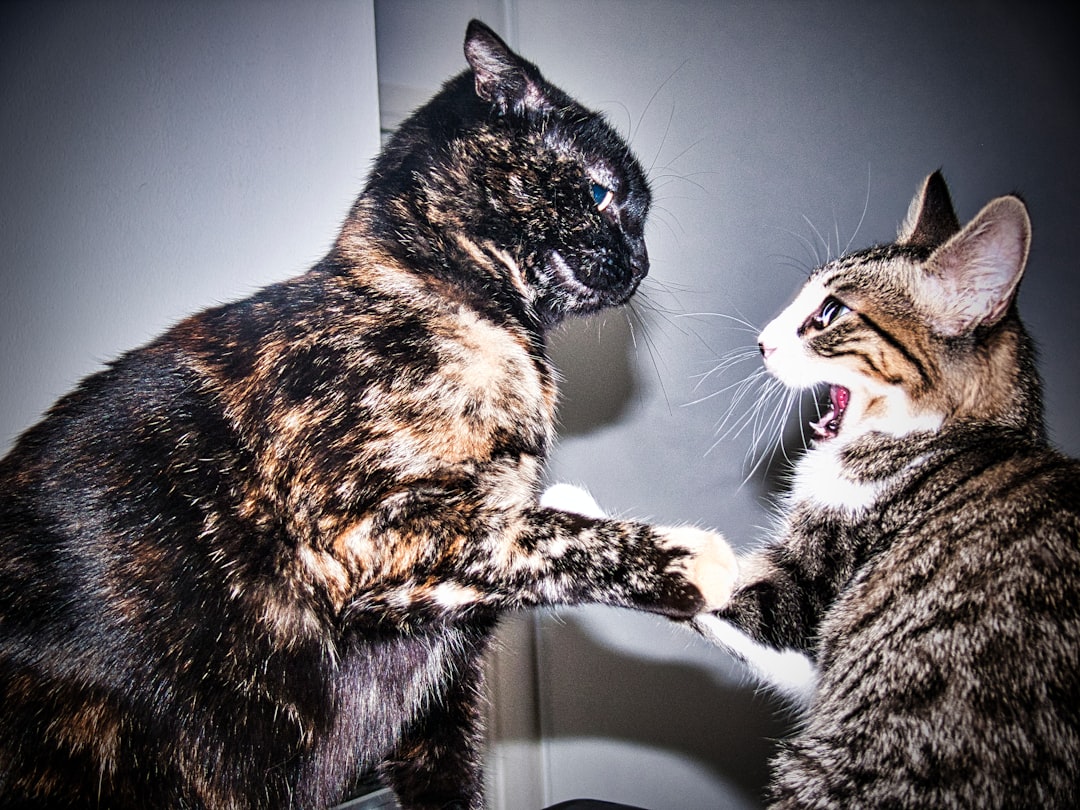
Love among cats often involves dramatic territorial displays and competition that can appear violent to human observers. When a female goes into heat, her smell and vocalizations advertise the fact across entire neighborhoods. If tomcats pick up the cues, they will assemble around the females and engage in noisy, violent catfights with rivals. These battles represent intense competition for romantic access rather than mere aggression.
Social hierarchy plays a crucial role in determining romantic success among cats. One male could always be distinguished as staying much closer to the female (“Central Male” = CM) than the other males (“Peripheral Males” = PMs). The CM was socially dominant over the PMs and performed all the copulations. Average copulation frequency was 15 per 24 h. Cats that attained CM positions were older and larger (⩾ 3 years; … kg).
Males with heavier body weight mostly won over lighter males in the agonistic encounters during the estrous season. Heavier males occupied the more advantageous positions to copulate with the estrous females and had higher mating success. These results suggest that body weight was one of the important factors affecting the courtship rank and the mating success of the male cat.
Long-Term Bonding Beyond Mating
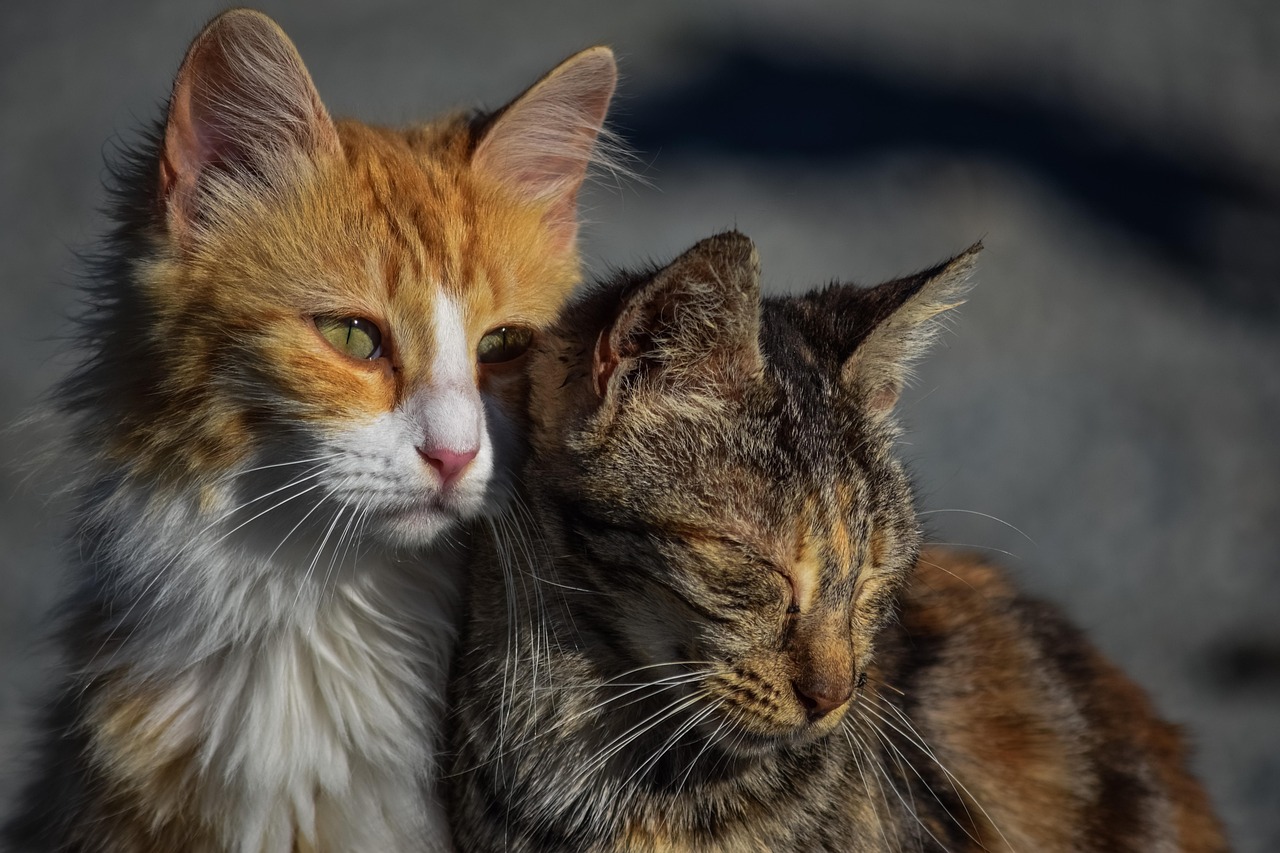
While mating behaviors in cats may appear purely biological, deeper emotional connections can develop that transcend reproductive cycles. As such, it’s possible for a pair of bonded cats to experience some distress when apart. Cats who become agitated, vocal, or anxious when separated likely just miss each other! As heartbreaking as it might be to listen to your cat call out for their missing friend, this behavior is a testament to their strong bond.
The timeline for developing these profound connections varies dramatically between individual cats. Every cat is unique, so the timeline for cats to bond can vary and may take some time. It’s also worth noting that not all cats are capable of bonding. Their individual personalities, past experiences, and environment all influence whether two cats bond with one another. While some cats can establish a connection almost immediately, others might take weeks or even months.
Once two cats have bonded, separating them could have profoundly negative effects on their wellbeing and emotional health. Cats thrive on the companionship and familiarity of their bonded partner, and separating a bonded pair could lead to stress, anxiety, depression, and behavioral issues. This demonstrates the genuine depth of feline emotional connections.
Understanding Your Cat’s Love Language
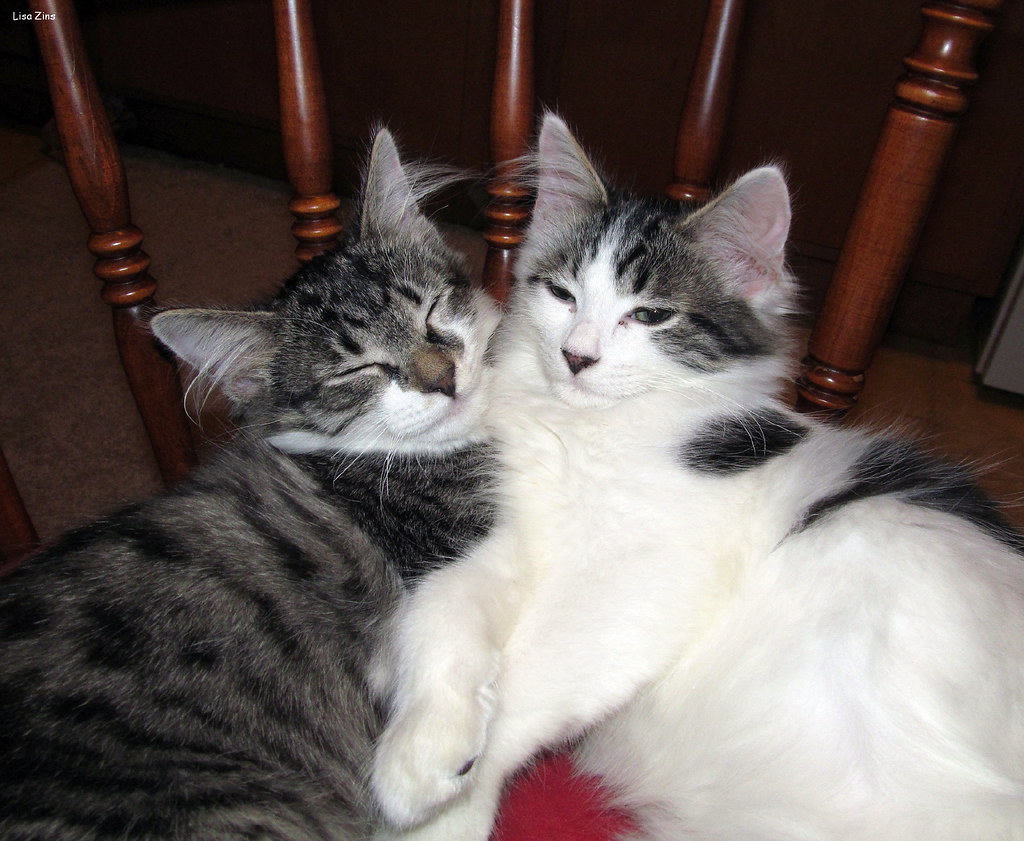
Each cat develops unique ways of expressing affection that reflect their individual personality and past experiences. Like people, cats have love languages, and every cat has their own preferences. Getting to know your cat and forming a relationship with them is a lifelong process, and as with humans, their needs and desires can change over time. Depending on your cat’s love languages and preferences, one or more of the following are ways to develop trust and affection and be on your way toward getting your cat to love you.
Some cats express their deepest feelings through vocalizations that they reserve specifically for their beloved companions. Meowing: One surprising fact about cats is that they don’t meow to communicate with each other. So, what does it mean when your kitty meows at you? This is actually a form of communication cats have developed to talk to their human companions. Think about it: to show their love, your cat developed a whole new way of communicating. That’s pretty pawesome!
Physical proximity serves as another powerful indicator of romantic attachment in cats. Following you: You wouldn’t think such independent creatures would enjoy following their humans to the bathroom (and everywhere else), but cats really do love spending time with their favorite humans! Hence, your feline will greet you at the door when you come home and follow you all about the house because they missed you and love you.
When two cats fall in love, they create bonds that mirror the deepest human connections, complete with neurochemical changes, emotional attachment, and genuine grief when separated. These remarkable creatures have evolved far beyond their solitary ancestors to become capable of profound romantic experiences that challenge our understanding of animal emotion. Their love may not look exactly like ours, but the science reveals it’s every bit as real and meaningful.
What fascinates you most about feline romance? Tell us in the comments.





